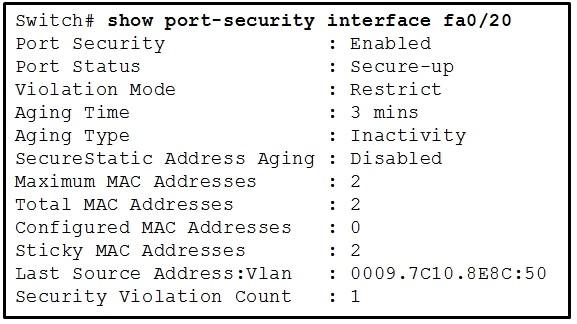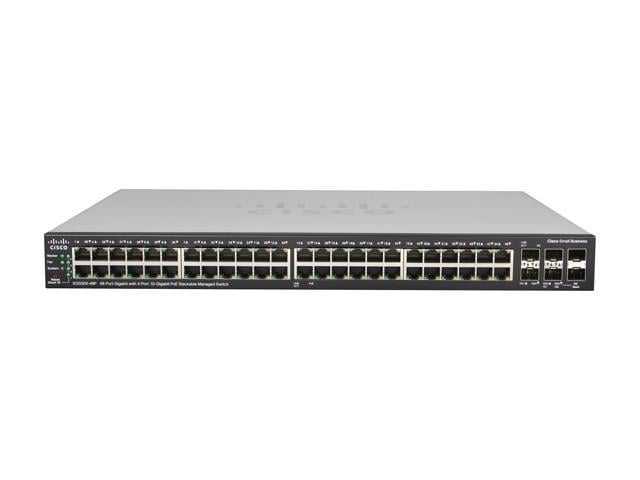


MAC addresses are represented using the hexadecimal numbering system. The majority of modern networks use a 48-bit addressing scheme or plan. This means that on the Ethernet wire the bits 10000000 will be reversed by the receiving device back to 00000001. The non- canonical format of this is 10000000. Let's look at a simple example of sending the number 1 (decimal) across an Ethernet network. Token Ring is canonical, which means that the most significant bit is transmiited first. The IEEE also specified that when the bits are sent across the Ethernet Physical layer the least significant bit is transmitted first. The IEEE refers to MAC addresses as Universal Addresses. The Local/ Global bit defines whther the address is the burned in address or a locally assigned address. Layer 2 frames can be directed to one (I bit) or more devices (G bit). The first byte, or octet, of a MAC address also contains two reserved bits that are used to identify what destination device or devices are intended to be the recipent of the frame: MAC addresses are 48 bits long, and they are expressed primarily in two formats: Let's now describe the format of the MAC address. This unique address allows communication between devices regardless of the physical medium. To enable all devices to have a unique address or MAC address, the network interface cards have a unique MAC address located in Read Only Memory (ROM). To allow this communcaition each device must have a unique address. Implementation of Diffie-Hellman AlgorithmThe MAC sublayer simply provides access to the Physical layer, whether Ethernet or any other medium is in use.Weak RSA decryption with Chinese-remainder theorem.RSA Algorithm using Multiple Precision Arithmetic Library.LZW (Lempel–Ziv–Welch) Compression technique.Active and Passive attacks in Information Security.Types of DNS Attacks and Tactics for Security.Introduction of Firewall in Computer Network.Basic Network Attacks in Computer Network.Difference between layer-2 and layer-3 switches.ARP, Reverse ARP(RARP), Inverse ARP (InARP), Proxy ARP and Gratuitous ARP.How Address Resolution Protocol (ARP) works?.Difference between Circuit Switching and Packet Switching.Differences between Virtual Circuits and Datagram Networks.Packet Switching and Delays in Computer Network.Administrative Distance (AD) and Autonomous System (AS).Routing Information Protocol (RIP) V1 & V2.Features of Enhanced Interior Gateway Routing Protocol (EIGRP).Root Bridge Election in Spanning Tree Protocol.Open shortest path first (OSPF) router roles and configuration.Open Shortest Path First (OSPF) protocol States.Open Shortest Path First (OSPF) Protocol fundamentals.Internet Control Message Protocol (ICMP).Route Poisoning and Count to infinity problem in Routing.Routing v/s Routed Protocols in Computer Network.Difference between Distance vector routing and Link State routing.Types of Network Address Translation (NAT).Introduction of Variable Length Subnet Mask (VLSM).C Program to find IP Address, Subnet Mask & Default Gateway.Program to determine class, Network and Host ID of an IPv4 address.

Internet Protocol version 6 (IPv6) Header.Collision Domain and Broadcast Domain in Computer Network.

Difference between Unicast, Broadcast and Multicast in Computer Network.Line Configuration in Computer Networks.Maximum Data Rate (channel capacity) for Noiseless and Noisy channels.Collision Avoidance in wireless networks.Introduction of MAC Address in Computer Network.Program to calculate the Round Trip Time (RTT).
#CISCO MAC ADDRESS FORMAT IEEE PC#


 0 kommentar(er)
0 kommentar(er)
